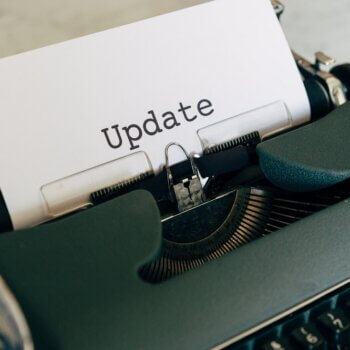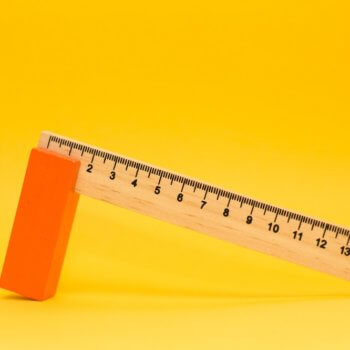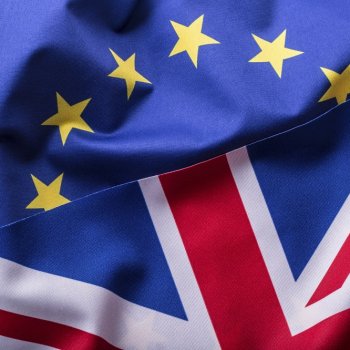
Can trade mark owners control the repair of their products?
In an age where the concept of a ‘circular economy’ has gone from being a mere buzzword to being at the forefront of global political agendas, trade mark owner’s rights in the repair of their used products may become more and more important. But can trade mark owners control the repair, and second-hand trade of, their products?
Repair of used pallets
One industry in which repair has been prevalent for many years is the pallet business. The most widespread pallet system globally is run under the trademark EPAL and over 470 million of these pallets are in circulation around the world. Of course pallets might get damaged during transport and that’s where the question of trade marks and repair comes in.
The European Pallet Association has a system whereby damaged pallets are repaired solely by EPAL’s licensees. But what happens if a non-licensee wants to repair those pallets and sell them on? This is the question that has made it all the way up to the Dutch Supreme Court and is now being considered for referral to the CJEU.
What rights does a trade mark owner have after sale?
In principle, after a product is sold within the European Economic Area by the trade mark owner or with its permission, the trade mark owner can no longer control what happens next. The brand owner has already made its profit, controlled the quality of the product that came onto the market, and its rights in relation to that specific product are now “exhausted” so to say.
That is different where there are legitimate reasons to object to the further commercialisation of the product, for instance if a third party has changed or impaired the condition of the goods, which may reflect badly on the brand. But what if that change just consists of repairing any damage to the product that has naturally occurred?
In the present case of EPAL v PHZ, the Dutch Supreme Court in its judgment of 10 January 2020 referred a number of questions to the CJEU, seeking to clarify when it is legitimate to object to the further sale of a repaired product.
Questions to be referred to the CJEU
Subject to further comments from the parties, the Dutch Supreme Court has raised the following questions:
• The case was firstly assessed within the framework of the essential functions of a trade mark, which include identifying the commercial origin of a product and guaranteeing the quality thereof. In that respect, the court has asked whether it is necessary that one of these functions is harmed in order to object to the sale of a repaired product. And if so, is that an interpretation of “legitimate reasons” to object to the commercialisation of a repaired product or is it an additional requirement? And is it in itself sufficient to show that one of the essential functions of the trade mark is harmed in order to object to the further sale of a repaired product?
• The Dutch Supreme Court then looked at the nature of the product and the repair. Does the product need to meet a high technical standard? Is the repair significant? And are these relevant factors for deciding whether it is legitimate to object to the further sale?
• Can the brand owner still object if it is clear that there is no commercial link, for instance through the removal of the trademark or the application of additional labels?
• Finally, since the EPAL mark is a collective mark, the Dutch Supreme Court seeks guidance as to whether it is relevant if the mark in question is a collective or an individual mark.
The CJEU’s decision should provide important answers on the possibility for brand owners to set up effective systems controlling the repair of used products.








